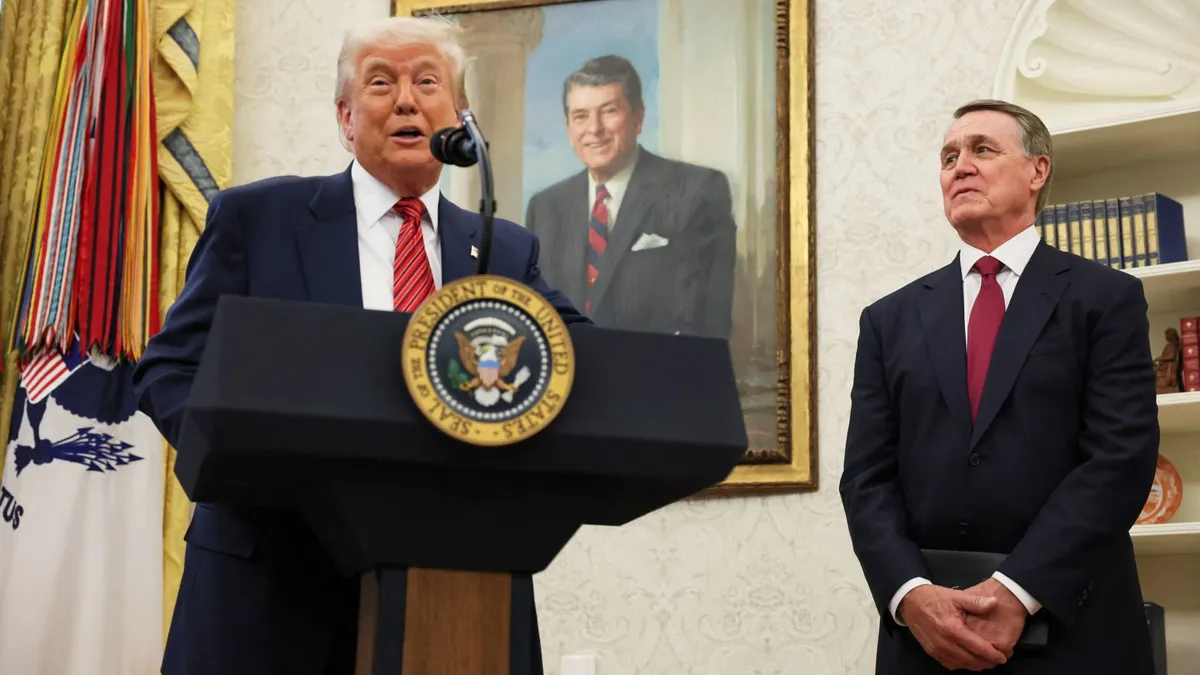
On Wednesday, President Donald Trump made it clear that he would not consider lowering the United States' 145% tariffs on China, a move that could potentially stimulate trade-war negotiations with the Asian economic giant. When questioned at the White House about the possibility of easing these steep import duties, Trump answered with a decisive "no."
Trump’s firm stance on maintaining the high tariffs came just three days before U.S. Treasury Secretary Scott Bessent was set to meet with his Chinese counterpart in Switzerland. This meeting was intended to address pressing trade and economic issues between the two countries. However, China expressed its firm opposition to Trump's tariff hikes as the discussions approached.
When asked about his expectations for the upcoming meeting in Europe, Trump remained optimistic yet non-committal, stating, "We'll see ... we were losing a trillion dollars a year, now we're not losing anything, you know?" His comments reflect a broader perspective on the trade dynamics between the U.S. and China, suggesting that the current tariff structure has shifted the balance in favor of the United States.
As these negotiations unfold, the implications of Trump's tariffs remain a focal point in international trade relations, influencing not only the economies of the U.S. and China but also global market stability.